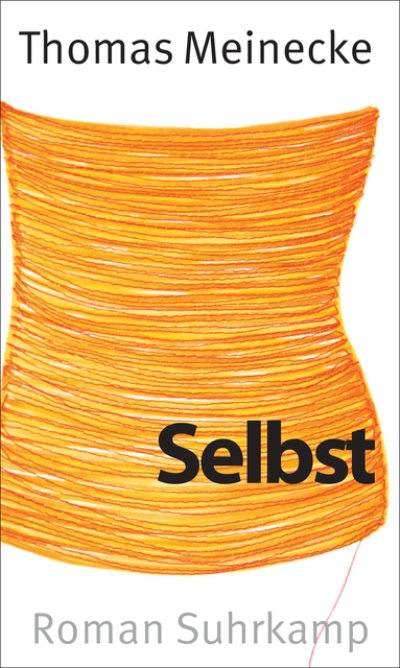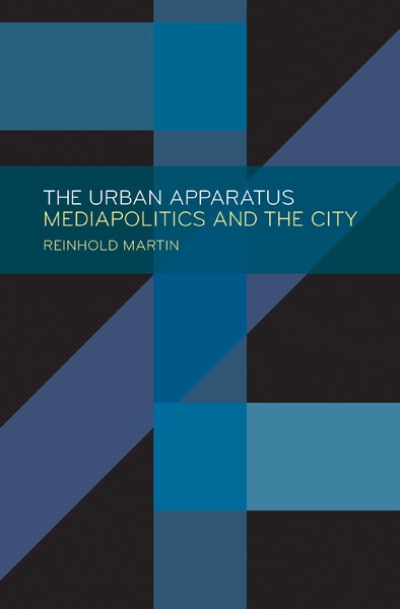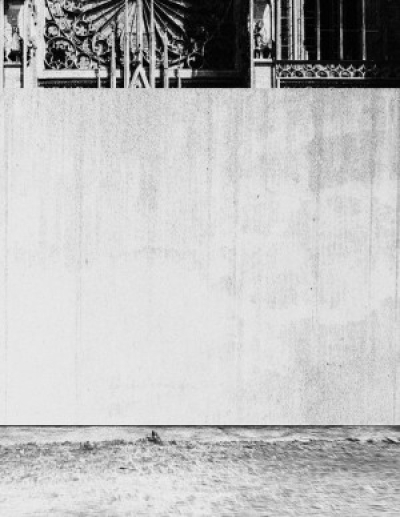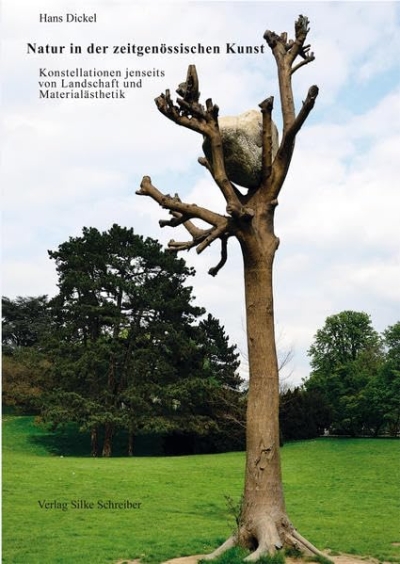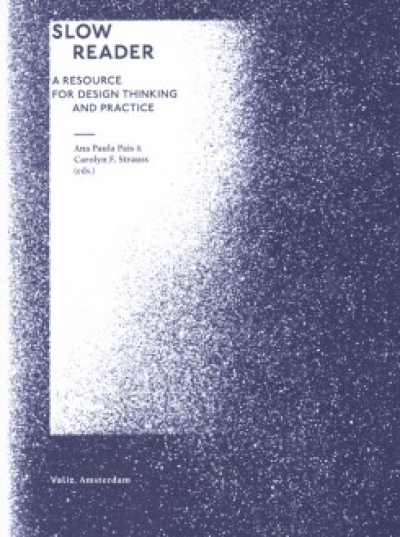
The Sympathy of Things
The Sympathy of Things. Ruskin and the Ecology of Design
‘We have to find our way back to beauty,’ writes Lars Spuybroek in the introduction to The Sympathy of Things. In this book Spuybroek argues that we must ‘undo’ the twentieth century – the age of minimalism, abstraction and genocides. This leads him to the aesthetical insight of the nineteenth-century English art critic John Ruskin, from which he distils pointers for our time.
In Ruskin’s work, Lars Spuybroek has discovered a treasure trove of concepts in which the beauty of things is determined by a combination of variation, imperfection and fragility. Through these qualities, things once again earn our sympathy and friendship. A sympathy, Spuybroek argues, that not only occurs between human beings and things but also between things themselves: “Sympathy is what things feel when they shape each other.” Like Ruskin, Spuybroek seeks a world that is dedicated to composition and beauty, where things are governed by what Ruskin called the “law of help.”
Step by step, Spuybroek addresses Ruskin’s five central dual themes: the Gothic and work, ornament and matter, sympathy and abstraction, the picturesque and time, and ecology and design. He wrests these concepts from the Victorian context and compares them with ideas of later aestheticians and philosophers. The Sympathy of Things is the log of an exploratory journey into beauty. Spuybroek writes in a clear, accessible language that is by turns precise, elegant and moving, zooming in on the fascinating details of Gothic architecture, complex African textile patterns and the wallpaper designs of William Morris. The Sympathy of Things will leave no one unaffected. The book is not a mere critique but rather the first fully thought-out, positive aesthetics of a new generation who face the task of sustainably designing the 21st century.
Lars Spuybroek is Professor of Architectural Design and holder of the Thomas Ventulett Distinguished Chair of Architecture at the Georgia Institute of Technology in Atlanta. He is the author of The Architecture of Continuity (2008) and Research & Design: Textile Tectonics (2011).
"We are living through a change in paradigm, in the age of the flexible machine, where the concepts of matter, spirituality and design are under re-negotiation and we need such fearless thought to jolt complacency. If Spuybroek, like Ruskin, does not shake your design and aesthetic concepts, you haven’t understood him.” - Charles Jencks, author of The Language of Post-Modern Architecture
“The Sympathy of Things is a stirring call to action; an amazing reconstruction of the ideas of the Victorian sage John Ruskin; and, above all, a visionary look at the inner life of things. Lars Spuybroek makes the case that aesthetics is first philosophy, and proposes a radical new aesthetics for the digital age .” - Steven Shaviro, DeRoy Professor of English, Wayne State University, Detroit and author of Without Criteria


























































































